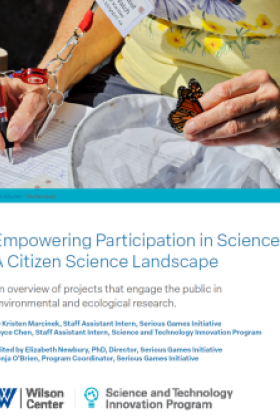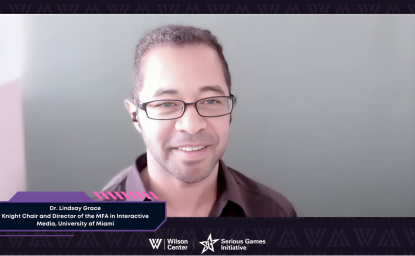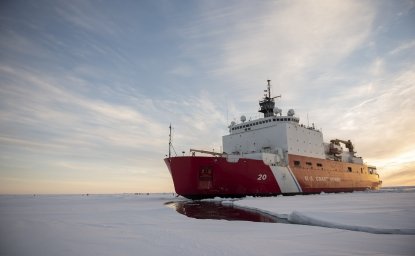Empowering Participation in Science: A Citizen Science Landscape


Introduction
On April 5th, 2024, an M 4.8 earthquake occurred in Tewksbury, NJ. While earthquakes of this magnitude are not impossible in this region—they have actually occurred multiple times before—the severity shook the lives of those in the Northeast and Mid Atlantic, literally and figuratively.
Natural disasters have a history of being recorded to help predict when and where they will occur with the intention to mitigate their damages. For earthquakes specifically, scientists use “hazard mapping” to try to determine the probability an earthquake will occur within a set timespan for specific regions. As technologies with more readily available sensors emerged, researchers started to engage volunteers to utilize their sensor- equipped smartphones to help record natural disaster patterns and improve techniques like hazard mapping, including projects like MyShake, Is Ash Falling?, and NOAA SKYWARN. Projects that engage the public in disaster risk reduction are just a small portion of a wide breadth of initiatives to engage the public in science. There are many other types of projects with different goals, tasks, and types of participation.
In this report, we provide an overview of projects that engage the public in environmental and ecological research, identifying the benefits, some challenges, and types of projects. We offer case studies of repositories that fall at the intersection of environmental science and practice.
Authors


Contributors



Science and Technology Innovation Program
The Science and Technology Innovation Program (STIP) serves as the bridge between technologists, policymakers, industry, and global stakeholders. Read more

Explore More
Browse Insights & Analysis
Serious Games: The Past, Present, and Future with Lindsay Grace

Inversiones de impacto para la innovación social con Nat Ware en Tres Respuestas con Iván Duque

Polar Security Cutter Operations in the Southern Ocean


